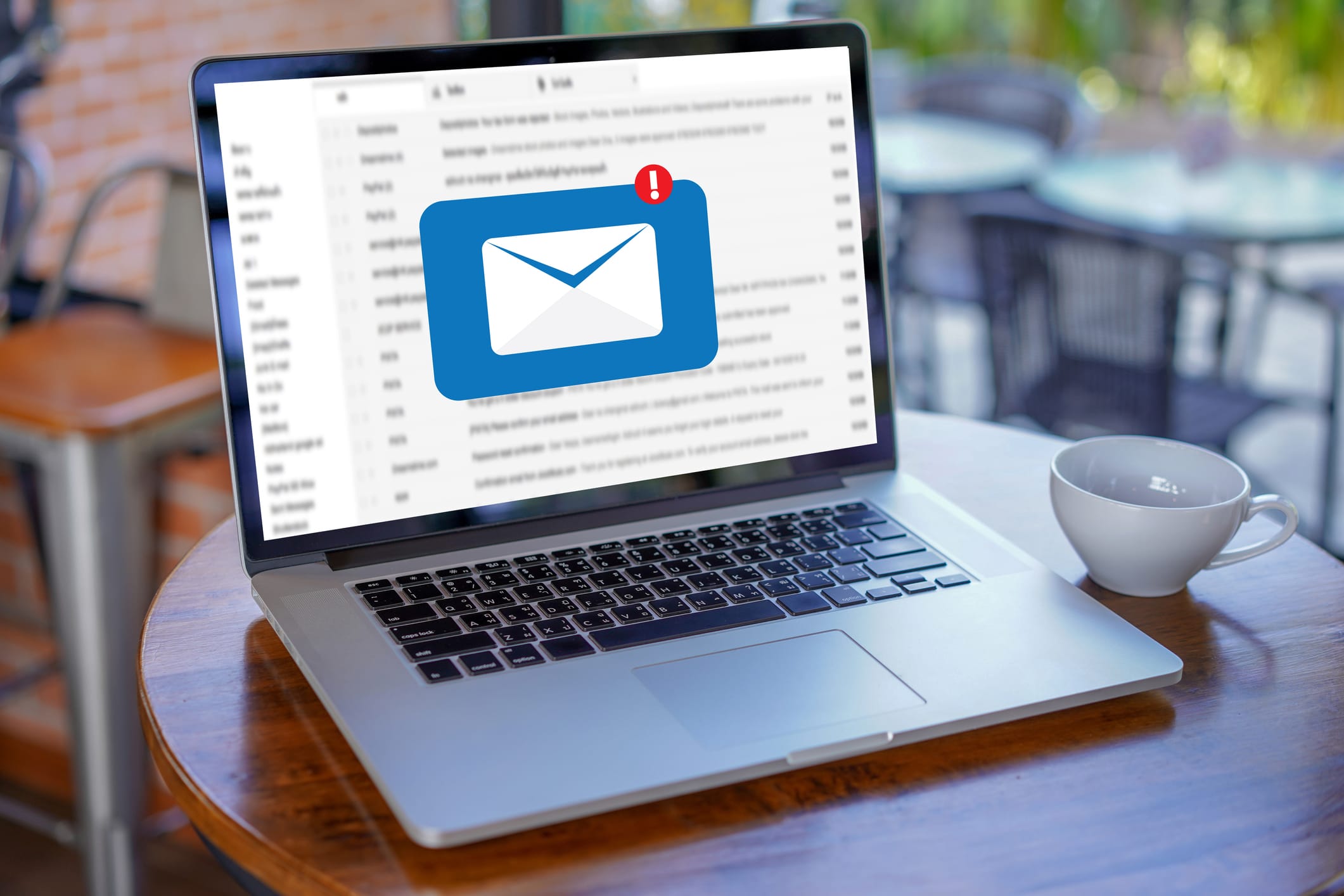Create Audience Segments for Your Email List

Categorized in: B2B Digital Marketing
When it comes to email marketing, it’s important to consider your audience and what messages will resonate with them. One way to do this is to create segments, or groups, of subscribers based on shared characteristics. For example, you might segment your list by location, age, or interests.
Once you have created segments, you can start crafting targeted messages more likely to pique your readers’ interest and get them to engage with your brand. Not only will this result in more successful email campaigns, but it will also help to build a stronger relationship with your subscribers.
So if you’re ready to take your email marketing to the next level, consider creating audience segments. It’s a simple step that can make a big difference.
Define Your Target Audience
Email marketing can be a highly effective way to reach out to your target audience and promote your product or service. However, for email marketing to be successful, you must first segment your audience. Segmenting your audience means creating different groups of people based on shared characteristics by identifying the needs of each group and then tailoring your message accordingly.
For example, selling a new skincare product might segment your audience by age, skin type, or location. By segmenting your audience, you can ensure that your email marketing campaign is targeted and effective.
Identify What Interests Your Target Audience
Look at your existing customer base and identify what interests them. Are they mostly concerned with saving money? Or are they looking for convenience? Once you know what interests them, you can start creating custom audience segments based on those interests.
Decide how big or small you want each segment to be. If you have a large list of subscribers, you may want to create several smaller segments to send more targeted messages. But if your list is relatively small, you may only need one or two segments.
Give each segment a name that reflects its interests. For example, if you have a segment of subscribers interested in saving money, you might call it the “Savers” segment. Or, if you have a segment of subscribers interested in convenience, you might call it the “Convenience” segment.
Test and Adjust Your Approach As Needed
No matter your business, your email list is one of your most valuable marketing assets. But if you’re not taking the time to segment your list, you’re not getting the most out of it. Segmenting your list allows you to send more targeted, relevant emails that resonate with your subscribers and encourage them to take action.
There are several ways to segment your list, but the most important thing is to start with a few basic segments and then test and adjust your approach as needed. Common segments include location, age, gender, interests, and purchase history. Once you’ve created a few segments, you can start testing different content and offers to see what resonates best with each group.
Conclusion
Well-defined audience segments are essential for email marketing success. Without them, it’s difficult to know who you’re trying to reach with your message, and as a result, your campaigns are more likely to fall flat. However, creating audience segments doesn’t have to be complicated. By taking the time to understand your customers and their needs, you can develop segments that will help you better target your campaigns and ultimately boost your results.
So, start segmenting your audience if you want to improve your email marketing efforts. It’s a surefire way to get better results from your campaigns.
LIKE AND SHARE THIS ARTICLE:



